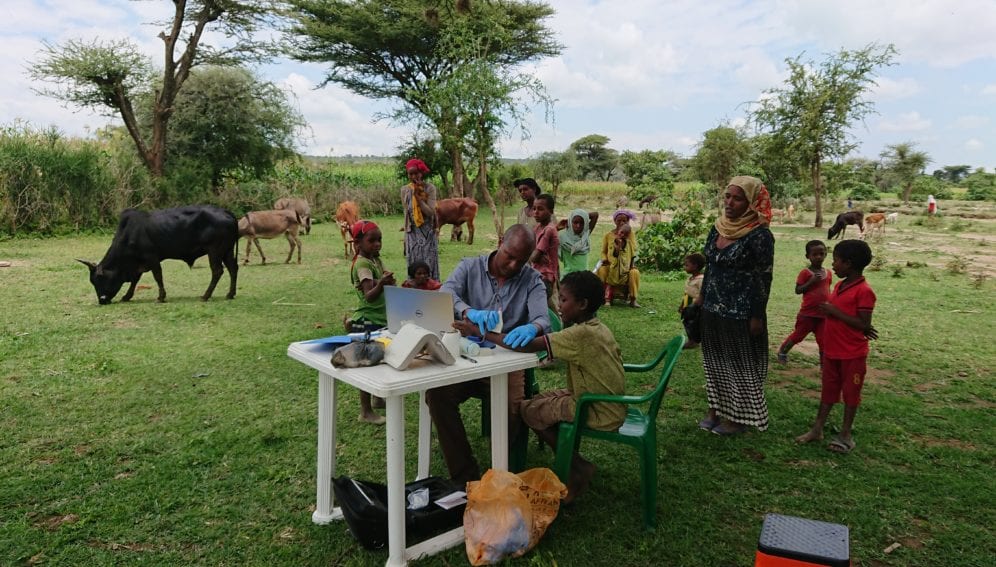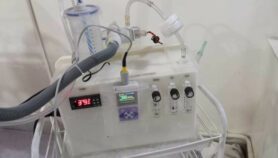Send to a friend
The details you provide on this page will not be used to send unsolicited email, and will not be sold to a 3rd party. See privacy policy.
[NAIROBI] An innovative ultrasound technique could be used to assess bone quality in hard-to-reach rural regions exposed to excessive intake of fluoride in drinking water, a study has found.
Fluoride is usually added to public water systems to purify water but increased fluoride levels could be toxic to the body and cause effects such as weakened bones and increased hip and wrist fractures.
In Ethiopia, the deep wells of the Ethiopian Rift Valley mean that fluoride concentrations in water are likely too high.
According to researchers, despite about 200 million people being exposed to excess fluoride through drinking water, the extent of exposure and damage particularly in rural areas remains unexplored, thus motivating them to test the potential of an ultrasound technique in detecting bone damage among rural populations in Ethiopia.
Ultrasound is a low-cost and portable medical imaging technology that relies on high frequency sound waves and their echoes to identify medical issues.
“We found that fluoride significantly decreases bone quality, with increasing fluoride exposure detected using ultrasound,” says Tewodros Rango Godebo, the study’s lead author and an assistant professor at the Department of Environmental Health Sciences, Tulane University in the United States, adding that fluoride pollution is a major public health issue in countries such as Ethiopia, Kenya and Tanzania, due to the volcanic setting in the Main Ethiopian Rift Valley that releases natural fluoride into the groundwater.
Researchers collected data including speed of sound — a measure of bone density — from 2018 to 2019 from 341 residents between ten and 70 years old in 25 communities from the main Ethiopian Rift Valley. Each community depended on a single ground water well. Respondents received ultrasound scan of some bones between the knee and ankle. Researchers also measured urine concentrations of fluoride.
According to the study, published in the June issue of Bone Reports, fluoride concentrations of almost 40 milligrams per litre detected in urine samples indicates that a higher proportion of fluoride is retained in the bones of the study population compared to average levels.
“Our findings demonstrate that we can quantitatively determine fluoride-induced deterioration of bone quality in populations using ultrasound equipment in field and rural settings,” explains Godebo, adding that their study is the first to use the technique to detect bone damage in the Ethiopian Rift Valley.
“The finding highlights that fluoride exposure has complex effects on bone quality that go beyond changes in bone density alone,” he adds.
Countries including those in Africa affected by fluoride contamination in water sources should consider fluoride mitigation measures such as providing low fluoride water sources or fluoride treatment to protect the health of exposed populations, Godebo tells SciDev.Net.But Assad Mughal, an orthopaedic surgeon at MP Shah Hospital, Nairobi, Kenya, says that although the use of ultrasound technique is a good start for screening rural populations exposed to high fluoride through drinking water, full-body bone scan is the universally accepted way of measuring bone loss.
Mughal calls for the need to address bones loss in vulnerable rural populations by providing them with better drinking water.
References
Tewodros RangoGodebo and others Bone quality in fluoride-exposed populations: A novel application of the ultrasonic method (Bone Reports, June 2020)














